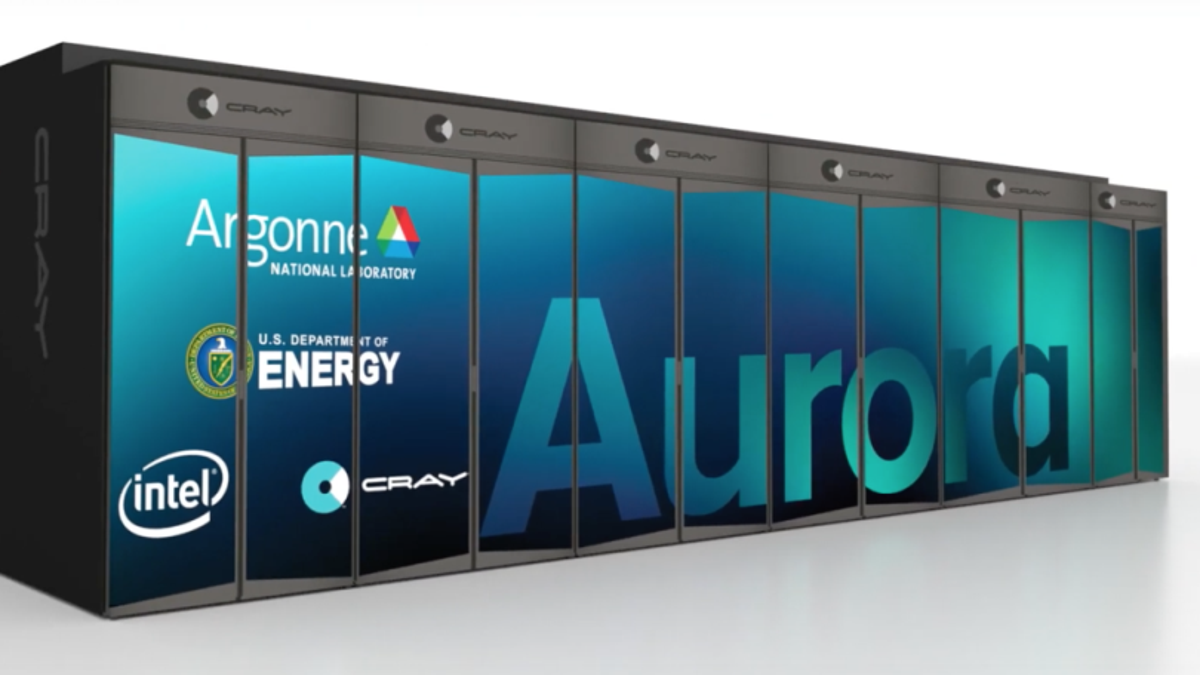
To maintain its lead in supercomputing, the US has budgeted over $500 million to build the first "exascale" computer in the world in 2021.
The new system, dubbed Aurora, will be capable of completing at least one exaflop, or a billion billion calculations per second. That'll make it five times more powerful than the world's current leading supercomputer, the Summit, which is also located in the US.
On Monday, the US Department of Energy released more details about the upcoming project by announcing that Intel would help built it. To achieve the exascale performance, the Aurora supercomputer will use new silicon from Intel's data center business, including the Xeon Scalable processor line and Optane DC Persistent Memory technology.
The plan to build the exascale computer in three years may sound ambitious, but the developers remain confident the goal is attainable by the 2021 date. "Exascale R&D has been going on for over a decade," said Rick Stevens, associate director at the Argonne National Laboratory in Illinois, where the supercomputer will be built. During a press call, Stevens said he expects innovations in Exascale computing to continue over the next three years, which will help pave the way for the new machine.
More From PCmag
For now the lab and Intel are declining to offer technical details behind the processes that'll power the upcoming machine. However, the new system will use components created by Intel's 3D packaging technology, which can produce leaner, more power-efficient chips.
Time will tell if the US will actually be the first to achieve exascale computing. The country's biggest rival is China, which currently has the third and fourth most powerful supercomputers in the world. And reportedly, the Chinese government has been prototyping an exascale computer, which could end up online in 2020.
Although the contract for Aurora is valued at over $500 million, the US Department of Energy said it expects the investment to pay off. The upcoming supercomputer will open the door for researchers to create faster computing models and simulations designed to answer questions related to physics, drugs, and engineering, like what new building materials can be used for airplanes and solar cells.
"Achieving Exascale is imperative not only to better the scientific community, but also to better the lives of everyday Americans," said US Secretary of Energy Rick Perry in a statement. "Aurora and the next-generation of Exascale supercomputers will apply HPC (high-performance computing) and AI technologies to areas such as cancer research, climate modeling, and veterans' health treatments," he added.
This article originally appeared on PCMag.com.
